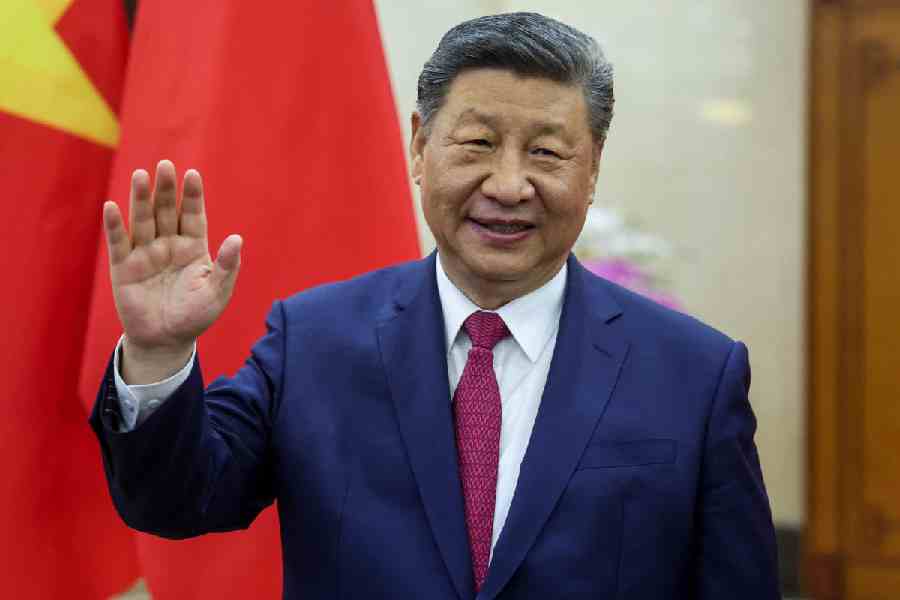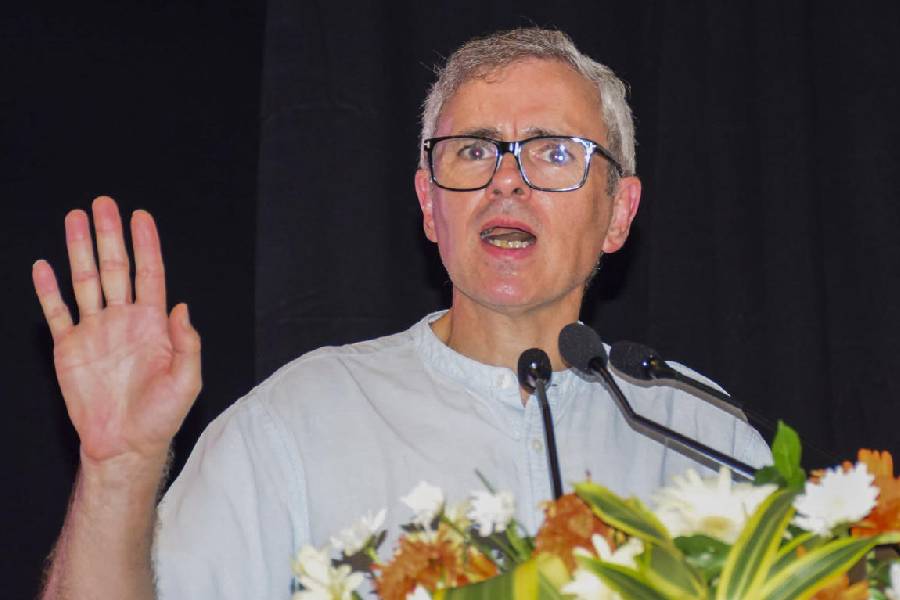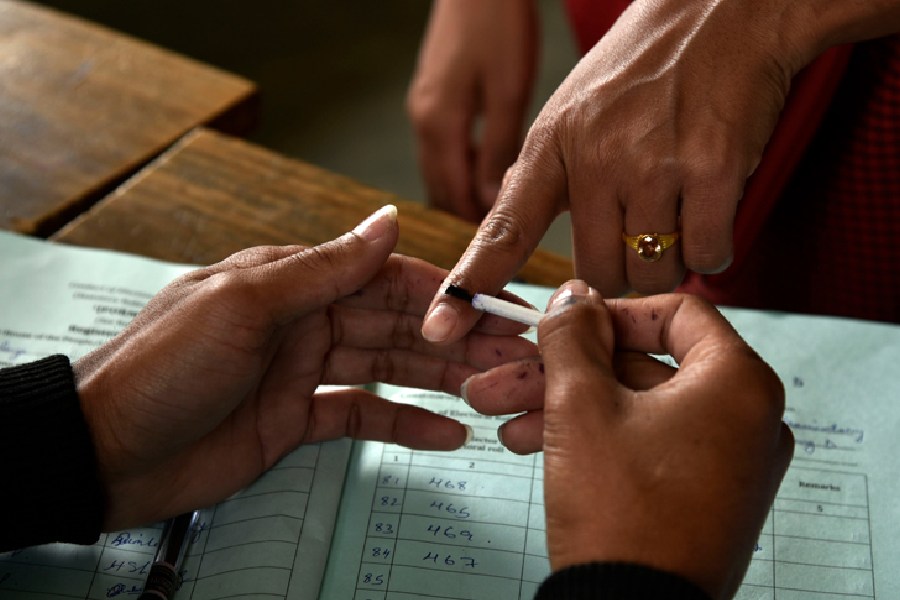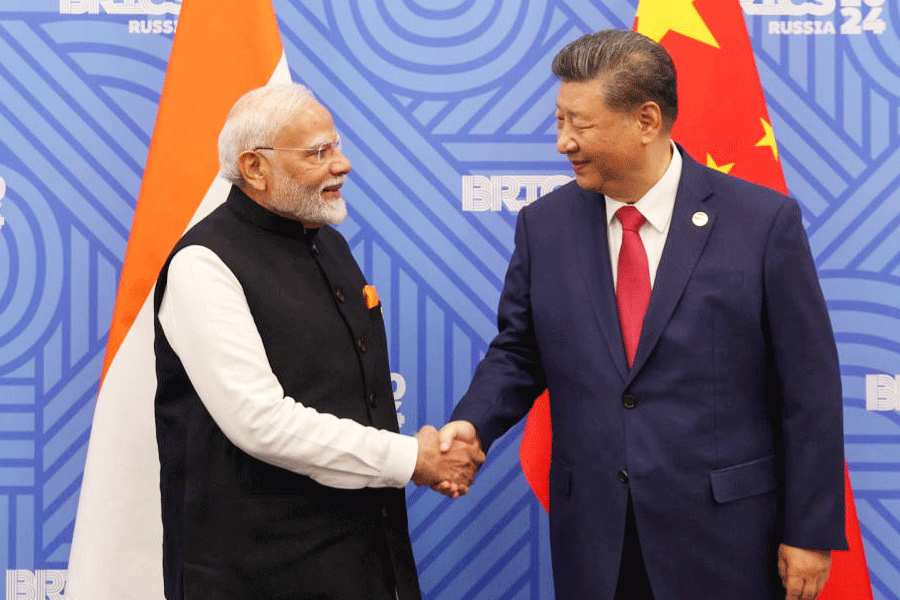 |
| A stretch of the Andaman Trunk Road. Picture courtesy Survival International |
July 15: A proposal to two-lane the Andaman Trunk Road has caused concern among global tribal rights groups, who fear heightened tourist intrusion into the Jarawa habitat that is largely sheltered from the outside world.
A release from Survival International, a global movement for tribal rights, today feared the road-widening would “lead to a massive increase in travellers through the tribe’s protected reserve”.
It said it might petition the Supreme Court to stop the widening project and shut the road to tourists, allowing only government officials and local settlers to use it.
In January last year, the apex court had imposed such a ban on a petition from NGOs, including Survival’s local arm. But it reopened the road to tourists six weeks later after the Andamans administration cited steps taken to protect Jarawas, such as a ban on tourists taking pictures or handing them food.
The Survival release, issued by its director Stephen Corry, cited how the UN too had called for closure of the road, “which brings hundreds of vehicles through the Jarawa reserve on a daily basis, treating the Jarawa like safari attractions and disturbing the animals which they hunt for their survival”.
Tourism-related abuse of Jarawas had evoked global concern in January 2012 after a video purportedly showed tour operators and a policeman getting semi-naked Jarawa girls to dance for tourists’ amusement.
The 287km Andaman Trunk Road connects Port Blair in South Andamans to Diglipur in North Andamans, running across three islands (including Middle Andamans) linked by bridges over the Middle Strait and Humphrey Strait.
The Jarawa Reserve, protected by a buffer zone of 5km radius, sprawls mainly across South Andamans, between Port Blair and Baratang.
Baratang and Port Blair are connected also by a sea route and a Ring Road that doesn’t abut the Jarawa habitat. But, as local settlers had told the apex court, the trunk road is the only option for North Andamans residents to reach the islands’ biggest hospital in Port Blair.
The Rs 3,047cr road-and-bridge widening project was a general election promise to the settlers by the Andamans’ lone MP, Bishnu Pada Ray of the BJP. He told a news conference last week that the tender process had started and would be completed by November.
A sum of Rs 1,000cr has been sanctioned for the project for the current fiscal year, he said.
Tribal rights activists want a sea route built as an alternative to the trunk road. The government envisaged such a sea route in 2004 and has prepared the detailed project report but construction is yet to start.
The original deadline for the project’s completion was March 2015 but the work, activists and officials say, will take over two years after it begins.
“The project is a priority for the tribal welfare department,” Andamans tribal welfare and shipping secretary G. Theva Neethi Dhas told last week’s news conference.
But the Union territory’s lieutenant governor, Lt Gen (retd) A.K. Singh, said there weren’t enough ships “to run the route” anyway.
Several Indian tribal rights activists also expressed concern at the road-widening project but declined to be quoted since the Supreme Court had ordered the road’s reopening.
“What to say when the issue is being monitored by the Supreme Court,” a Delhi-based anthropologist said.
Many views
Within India, opinion has differed on the desirable degree of the Jarawas’ isolation.
No food or medicine is now provided inside the Jarawa Reserve to avoid interfering in the community’s way of life. The tribals can, if they so wish, come to the reserve’s edges and receive them from the government but rarely do so.
In December 2011, a government panel suggested the Centre try to “empower” Jarawas instead of letting them continue as what an academic described as “showpiece hunter-gatherers”.
Headed by then Union tribal affairs secretary Arvind Kumar Chug, the panel suggested the Jarawas be provided food, medical help and possibly some education and housing without disrupting their lifestyle.
However, the Sonia Gandhi-headed National Advisory Council had in 2006 taken the opposite view following reports of sexual exploitation of Jarawa women by local policemen. It recommended eventual closure of the part of the trunk road that passes through the Jarawa Reserve.
But the UPA government did nothing till November 2011, when it watered the suggestions down to merely restrict but not ban tourist entry into the reserve.
That it did not implement the regulations immediately was proved by the “dancing girls” video that surfaced weeks later.
Sceptics say the government’s ban on photographs and videos in the reserve is aimed less on preventing exploitation than on keeping evidence of exploitation from getting out.
“Whole populations of Andaman tribes have been wiped out since outsiders stole their land — the Jarawa are just the latest victims of this colonisation and they face catastrophe unless their land is protected,” the Survival release said.
“We can’t allow this self-sufficient tribe to suffer the same fate as their neighbours, who were decimated by disease and now depend on government handouts to stay alive. It’s time the illegal road was finally closed.”










